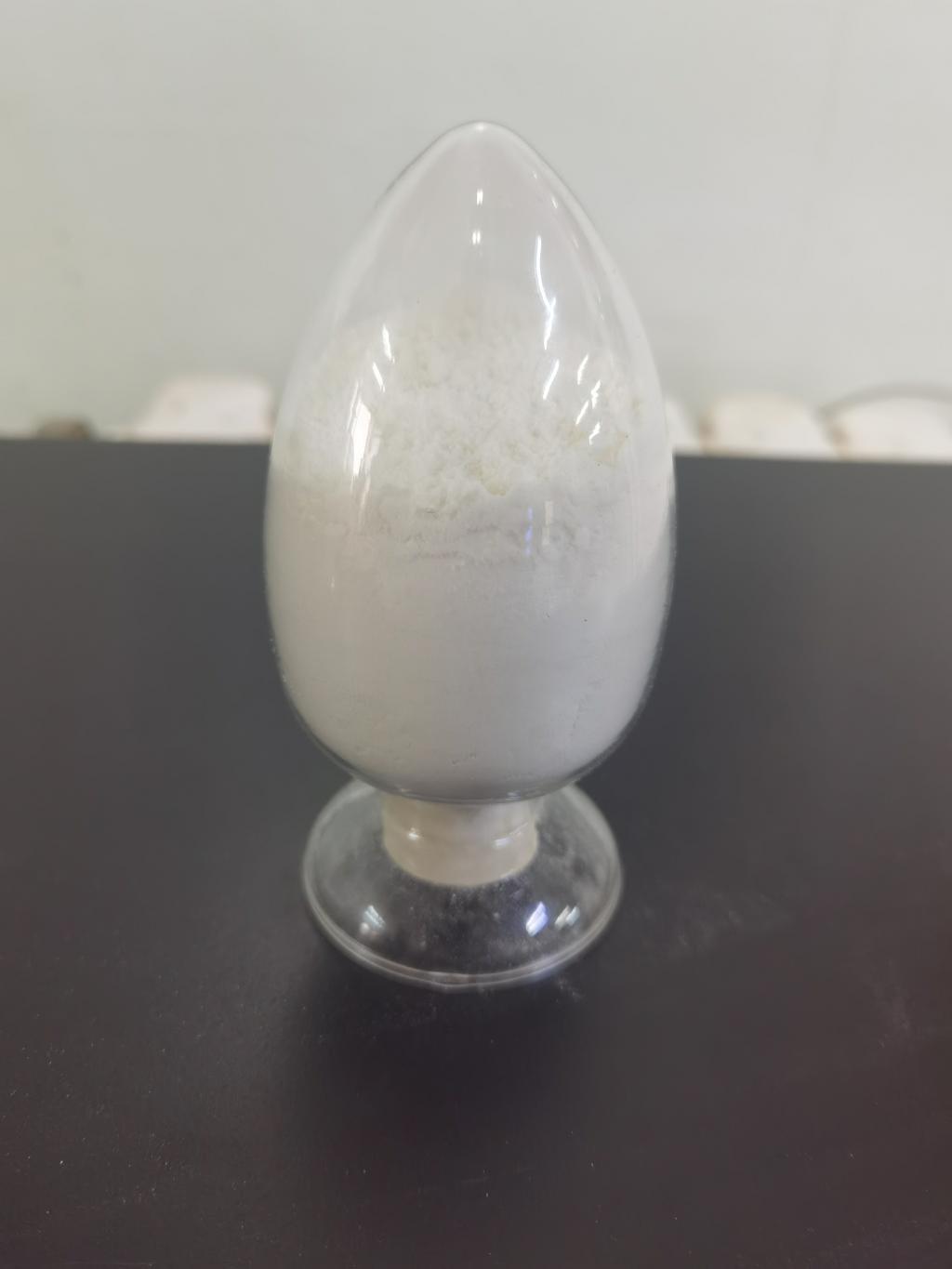Tel:+8618231198596

News
 CONTACT
CONTACT
 CONTACT
CONTACT
- Linkman:Linda Yao
- Tel: +8618231198596
- Email:linda.yao@dcpharma.cn
- Linkman:CHARLES.WANG
- Department:Overseas
- Tel: 0086 0311-85537378 0086 0311-85539701
News
Current Position:
Home >
News
>Exploring ε-Polylysine Hydrochloride as a Biofungicide in Crop Protection
Exploring ε-Polylysine Hydrochloride as a Biofungicide in Crop Protection
TIME:2024-01-22
1. Introduction:
Crop protection is a critical aspect of modern agriculture, and the management of fungal diseases is integral to ensuring optimal yields. Traditional chemical fungicides, while effective, raise concerns about environmental impact and the development of resistance. This article introduces ε-polylysine hydrochloride as a biofungicide, highlighting the potential of this natural compound to address fungal pathogens in crops sustainably.
2. ε-Polylysine Hydrochloride: An Overview:
This section provides a comprehensive overview of ε-polylysine hydrochloride, covering its structure, production methods, and historical applications. As a naturally occurring antimicrobial compound with broad-spectrum activity against various microorganisms, ε-polylysine hydrochloride has gained attention for its potential role in crop protection.
3. Antifungal Properties and Mechanism of Action:
Understanding the antifungal properties of ε-polylysine hydrochloride is crucial for evaluating its efficacy as a biofungicide. This section explores its mechanism of action against fungal pathogens, elucidating how it disrupts fungal cell membranes and inhibits essential cellular processes. The discussion will encompass its effectiveness against a range of fungal species that commonly affect crops.
4. Biofungicides in Sustainable Agriculture:
The shift towards sustainable agriculture has prompted the exploration of biofungicides as alternatives to conventional chemical treatments. This section provides an overview of the principles of sustainable agriculture and discusses the role of biofungicides, emphasizing the potential benefits of ε-polylysine hydrochloride in reducing environmental impact and promoting ecological balance in agroecosystems.
5. Comparative Analysis with Chemical Fungicides:
To assess the viability of ε-polylysine hydrochloride as a biofungicide, this section conducts a comparative analysis with traditional chemical fungicides. Comparisons will be made based on efficacy, environmental impact, residue levels, and the potential for resistance development. Understanding how ε-polylysine hydrochloride measures up to chemical fungicides is crucial for its integration into modern agricultural practices.
6. Application Methods and Formulations:
Practical application methods and formulations are key considerations in the implementation of biofungicides. This section explores various application techniques for ε-polylysine hydrochloride, including foliar sprays, seed treatments, and soil drenches. The discussion will also touch upon the formulation challenges and innovations in delivering ε-polylysine hydrochloride to target fungal pathogens effectively.
7. Field Trials and Case Studies:
To substantiate the potential of ε-polylysine hydrochloride as a biofungicide, this section reviews field trials and case studies conducted in different agricultural settings. Insights into its performance under real-world conditions, its impact on crop yields, and comparisons with traditional fungicides will be presented. These studies serve as valuable indicators of the practicality and effectiveness of ε-polylysine hydrochloride in crop protection.
8. Environmental Impact and Ecological Considerations:
The environmental impact of any crop protection method is a crucial aspect of sustainable agriculture. This section discusses the ecological considerations associated with the use of ε-polylysine hydrochloride, including its biodegradability, non-toxic nature, and potential benefits in promoting soil health. Understanding the ecological implications is essential for evaluating the overall sustainability of ε-polylysine hydrochloride as a biofungicide.
9. Challenges and Future Directions:
While ε-polylysine hydrochloride holds promise as a biofungicide, challenges and considerations must be addressed. This section discusses potential hurdles such as regulatory frameworks, market acceptance, and the need for further research to optimize its use. Additionally, future directions in research and development will be explored, highlighting areas for innovation and improvement.
10. Conclusion:
In conclusion, ε-polylysine hydrochloride emerges as a potential biofungicide with significant promise in crop protection. From its antifungal properties and mechanisms of action to practical application methods and environmental considerations, this article provides a comprehensive exploration of ε-polylysine hydrochloride's potential in sustainable agriculture. As the agricultural industry seeks eco-friendly alternatives, ε-polylysine hydrochloride stands out as a promising biofungicide, contributing to the ongoing efforts to balance food security with environmental stewardship.
- Tel:+8618231198596
- Whatsapp:18231198596
- Chat With Skype







